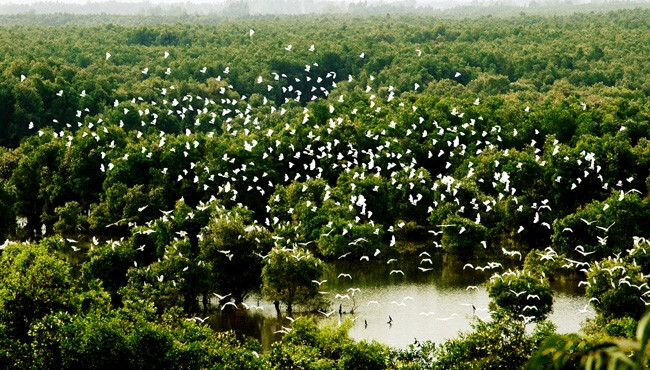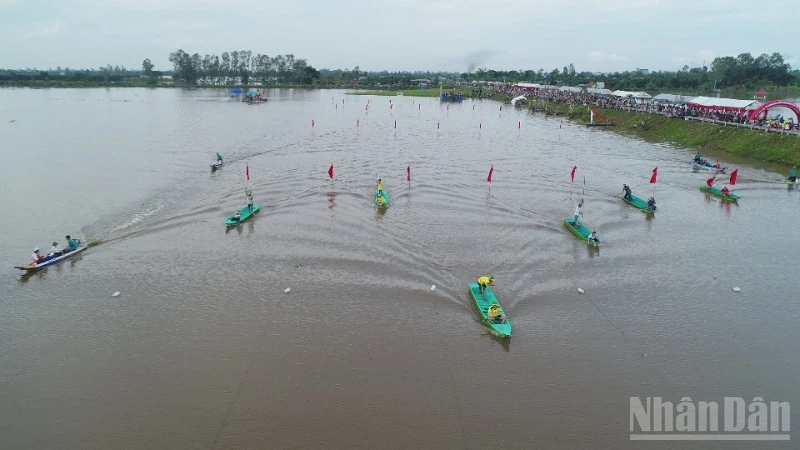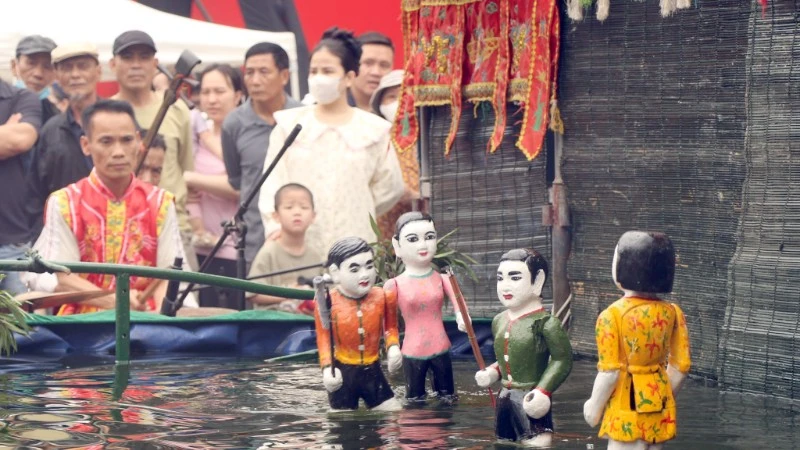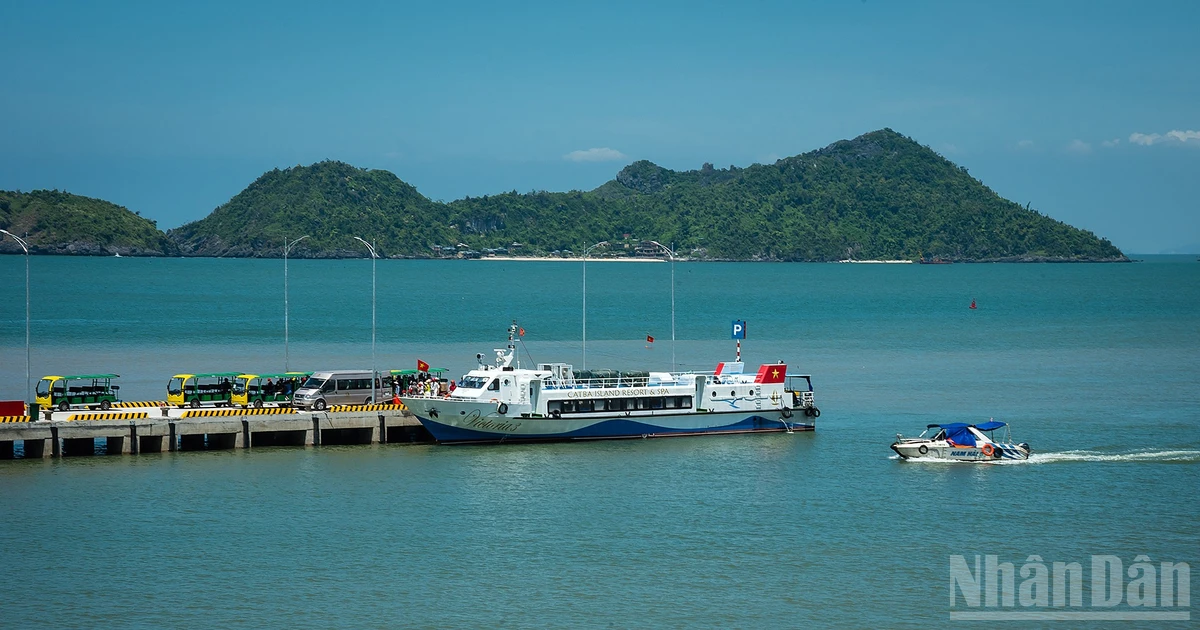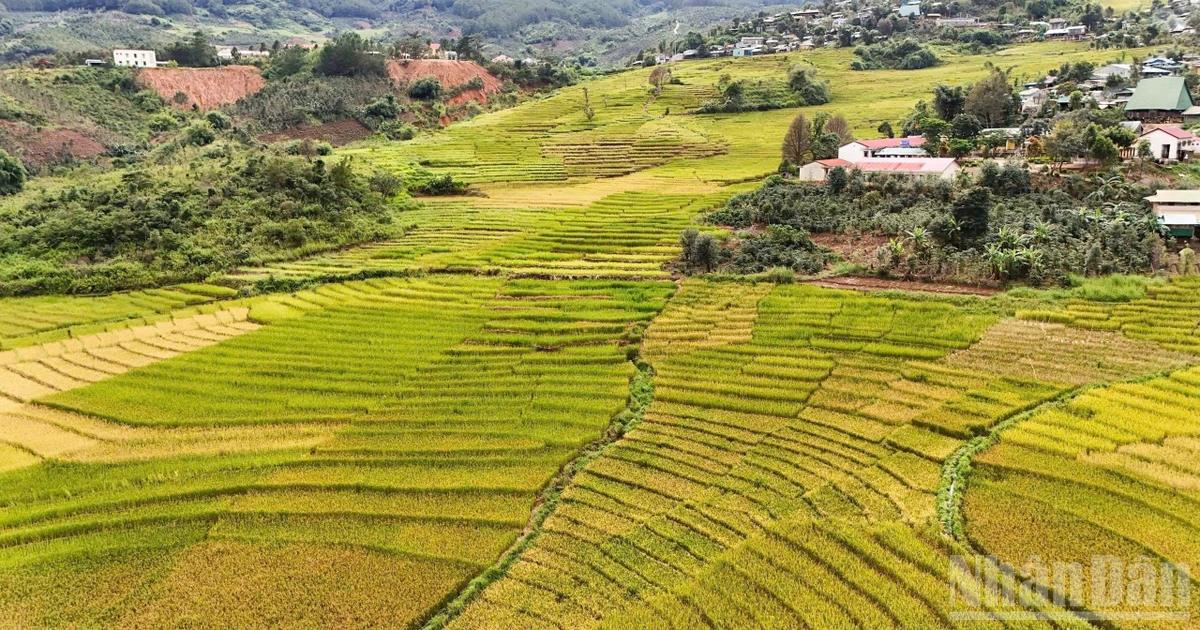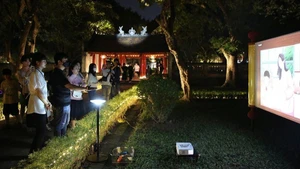The project’s key target is protecting special-use forests, wetlands ecosystems and the Dong Thap Muoi region’s rare and valuable fauna and flora.
Established in 1985 and measuring 7,313 hectares, Tram Chim became a national park in 1998 and then the fourth Ramsar site in Vietnam. The park’s abundant green vegetation is inhabited by more than 130 species of higher plants featuring six main types of plant societies.
Water life in the park is also bustling, with over 150 species of freshwater fish—some, like the clown feather-back fish, common archerfish and giant barbs, listed in Vietnam’s Red Book—nearly 180 species of algae, 26 epifauna species, 350 species of plankton and 34 amphibian species present.
Tram Chim is home to 198 species of bird, including sixteen rare species, such as the red-headed crane, the black-faced spoonbill, the black eagle, the great-billed heron and the spotted-billed pelican. It is recognised as an important bird sanctuary in Vietnam.
The number of fauna and aquatic species in Tram Chim National Park surpasses those in other wetland reserves in the region, like Tra Su Cajeput Forest Reserve in the province of An Giang and U Minh Ha National Park in the province of Ca Mau.
